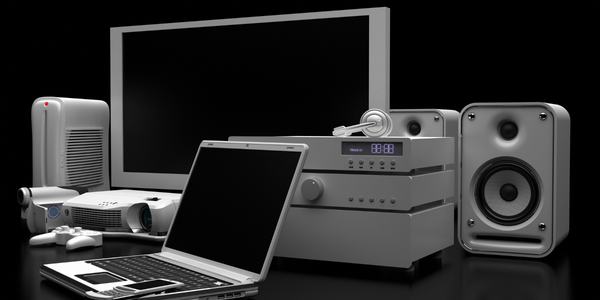下载PDF
ACTi Case Study

技术
- 基础设施即服务 (IaaS) - 云计算
- 基础设施即服务 (IaaS) - 云数据库
- 基础设施即服务 (IaaS) - 云中间件与微服务
- 基础设施即服务 (IaaS) - 云存储服务
适用行业
- 电子产品
适用功能
- 销售与市场营销
挑战
ACTi 认识到基于云的 IP 视频监控的潜力,并意识到云技术可以帮助客户避免部署大型物理基础设施和维护安全专业人员团队的成本。 ACTi 希望抓住这些机会,为各种规模的公司提供基于云的解决方案。该公司开始开发基于云的监控和大数据分析系统,但遇到了技术难题。这些挑战打乱了公司自己将内部系统从本地系统切换到基于云的平台的计划。由于这种情况限制了增长潜力和组织降低运营成本的能力,它别无选择,只能寻找云服务提供商。 ACTi Corporation 的销售总监 Peter Wu 表示,该公司正投入越来越多的预算来支持每年 20% 的数据增长。 “我们想要一个基于云的解决方案来减少我们的 IT 开销,但我们的首要任务是开发基于云的 IP 视频监控解决方案,以提高我们在全球的市场份额,”他说。
客户
ACTi公司
关于客户
ACTi Corporation 成立于 2003 年,是端到端 IP 视频监控解决方案的供应商,其产品通过大数据分析提供安全性和业务洞察力。历史上,公司主要市场一直处于集中苏
解决方案
ACTi 之所以选择 Amazon Web Services (AWS),是因为利益相关者已经了解全球使用 AWS 的成功企业数量,并且熟悉其核心服务。尽管如此,吴说他对产品的广度印象深刻。 “AWS 服务产品非常强大,”Wu 说。 “商业案例很强大,每项服务都有很好的记录,使我们能够轻松做出决定。” ACTi 在大约两周内成功地将其内部系统迁移到云端。这包括公司网站、商业智能门户和销售业绩数据,以及其客户演示环境。成功迁移后,该公司随后将其基于云的视频监控解决方案 Cloud NVR 和适用于各种垂直应用的大数据分析平台 Market Application Suite (MAS) 平台迁移到 AWS。
运营影响
数量效益
相关案例.

Case Study
Remote Temperature Monitoring of Perishable Goods Saves Money
RMONI was facing temperature monitoring challenges in a cold chain business. A cold chain must be established and maintained to ensure goods have been properly refrigerated during every step of the process, making temperature monitoring a critical business function. Manual registration practice can be very costly, labor intensive and prone to mistakes.

Case Study
Cloud Solution for Energy Management Platform-Schneider Electric
Schneider Electric required a cloud solution for its energy management platform to manage high computational operations, which were essential for catering to client requirements. As the business involves storage and analysis of huge amounts of data, the company also needed a convenient and scalable storage solution to facilitate operations efficiently.

Case Study
Leveraging the IoT to Gain a Competitive Edge in International Competition
Many large manufacturers in and outside Japan are competing for larger market share in the same space, expecting a growing demand for projectors in the areas of entertainment, which requires glamor and strong visual performance as well as digital signage that can attract people’s attention. “It is becoming more and more difficult to differentiate ourselves with stand-alone hardware products,” says Kazuyuki Kitagawa, Director of Service & Support at Panasonic AVC Networks. “In order for Panasonic to grow market share and overall business, it is essential for us to develop solutions that deliver significant added value.” Panasonic believes projection failure and quality deterioration should never happen. This is what and has driven them to make their projectors IoT-enabled. More specifically, Panasonic has developed a system that collects data from projectors, visualizes detailed operational statuses, and predicts issues and address them before failure occurs. Their projectors are embedded with a variety of sensors that measure power supply, voltage, video input/ output signals, intake/exhaust air temperatures, cooling fan operations, and light bulb operating time. These sensors have been used to make the projector more intelligent, automatically suspending operation when the temperature rises excessively, and automatically switching light bulbs. Although this was a great first step, Panasonic projectors were still not equipped with any capability to send the data over a network.




---nasdaq--amzn_14.jpg)



